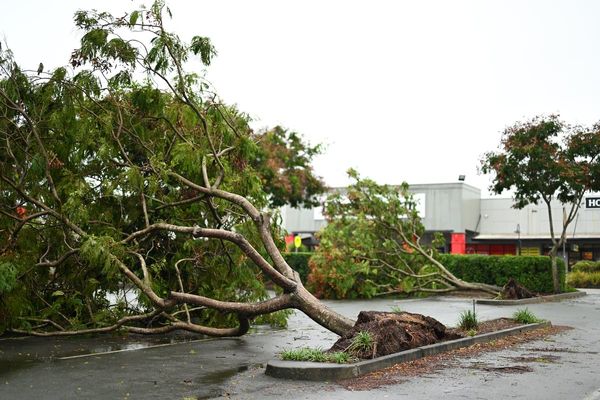
I returned to Sydney in 2016 from a stint abroad in the U.K. and U.S. because I believed that a new generation of Silicon Valley-style technology companies was about to break out in Australia. Fast forward to 2024, and we need only look at global success stories such as Canva, A Cloud Guru, Linktree, Afterpay, Go1, SafetyCulture, and many others to see that a world-class startup ecosystem has emerged Down Under that is producing generational companies at an accelerating pace.
As recently as five years ago, sophisticated Limited Partners (LPs) had justifiable reservations about the Australian venture opportunity. The scale of potential outcomes was unclear given a constrained local market and cash returns were nascent. Instead, they placed “safer” bets in other markets (mainly the U.S., China, and Israel). However, increasing fund sizes, stricter regulations, and geopolitical tensions now pose challenges to returns in these classic venture markets.
Today, top Australian managers can show world-class liquidity generated by capital-efficient companies operating at a global scale from a First World, stable democracy—and the world’s most sophisticated LPs are actively leaning in.
Publicly available data speaks for itself and comes as a surprise to many. If we add up the liquid value of venture-backed M&A and IPO outcomes over the past decade, Australia comes in third (behind the U.S. and China) in total liquidity. Based on our findings from Dealroom.co and IMF World Economic Outlook data in 2024, this has occurred despite Australia remaining an underserved market, with venture capital investment accounting for only 0.18% of GDP in Australia, compared to 0.27% in China, 0.55% in the U.S., 0.64% in the U.K., and 0.77% in Israel.
How has this happened?
Limited capital, population size, and the tyranny of distance were once seen as barriers for Australian startups with global ambitions. Those dynamics have now converged into the region’s competitive advantage, as knowing how to do more with less is a breeding ground for capital-efficient companies.
Atlassian pioneered the B2B product-led growth playbook—and many other Australian unicorns have followed in their footsteps and applied it to different sectors–Canva to design, Linktree to the creator economy, and Go1 to edtech. These companies present a compelling case for LPs who want their dollars to work harder. Our analysis of Pitchbook and Dealroom.co data from the end of 2017 to the end of 2022 shows Australia produced 1.5 unicorns for every $1 billion of VC investment, compared to 0.6 for China and 1.1 for Israel and the U.S.
These world-beating software companies service global customer bases, target multi-billion dollar markets, and “just happen” to be based in Sydney, Melbourne, or Brisbane. The talent and know-how flowing out of these global success stories have seen the Australian startup sector explode in the last 10 years.
Australia became an obvious choice for discerning LPs to explore a regional strategy. As early-stage firms in India, Israel, and Europe previously proved they were best placed to intercept breakout opportunities ahead of their fly-in-fly-out counterparts through early exposure to the likes of Flipkart, Wizz, and Revolut, a small cohort of venture funds in Australia have also validated this approach, returning many multiples of their funds to LPs along the way.
Australia’s unique combination of talent and capital has initiated a flywheel, fueling a startup ecosystem with growth akin to a developing economy but with the benefits of a stable democracy, a developed-economy workforce, and the rule of law.
As the global venture landscape shifts, the appeal of Australia’s startup ecosystem has never been clearer. Where there was once enough opportunity elsewhere, various U.S. managers are offering little more than market beta via multi-billion dollar vintages and Chinese managers are under regulatory and geopolitical pressure. Sophisticated LPs have caught onto the fact that Silicon Valley is an idea, not just a place. Today, it’s embodied in Australian dynamism, characterized by a thriving pool of capital-efficient companies, a track record of significant liquidity, and a stable, innovation-friendly environment. It’s a powerful combination that’s waking LPs up to the upside Down Under.
More must-read commentary published by Fortune:
- An economic catastrophe is lurking beneath Russia’s GDP growth as Putin ‘throws everything into the fireplace’
- The ‘sustainability recession’ will end soon—and not by choice
- ‘Godmother of AI’ says California’s well-intended AI bill will harm the U.S. ecosystem
- The most underrated leadership skill, according to Jake Sullivan
The opinions expressed in Fortune.com commentary pieces are solely the views of their authors and do not necessarily reflect the opinions and beliefs of Fortune.







